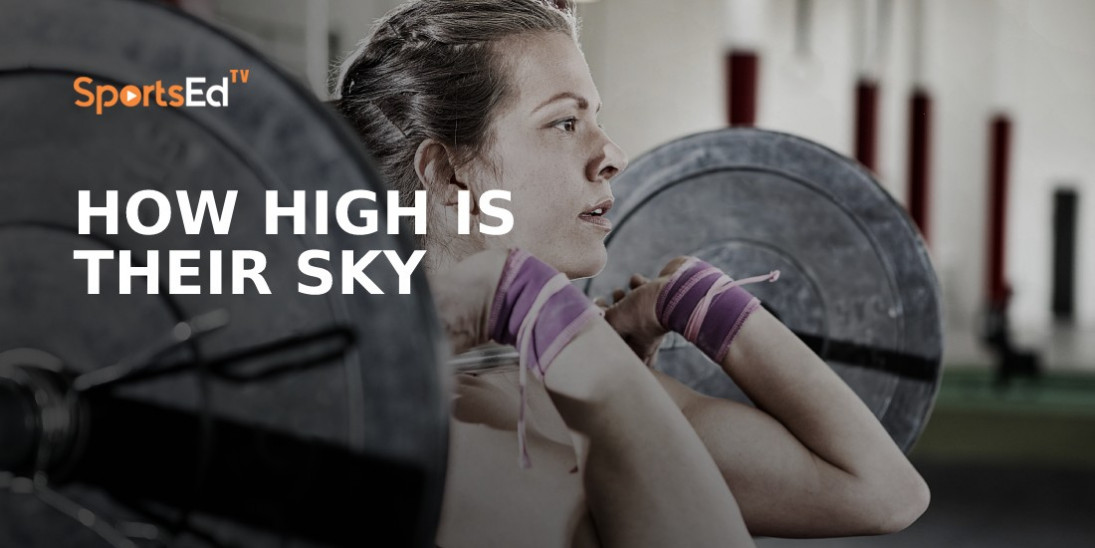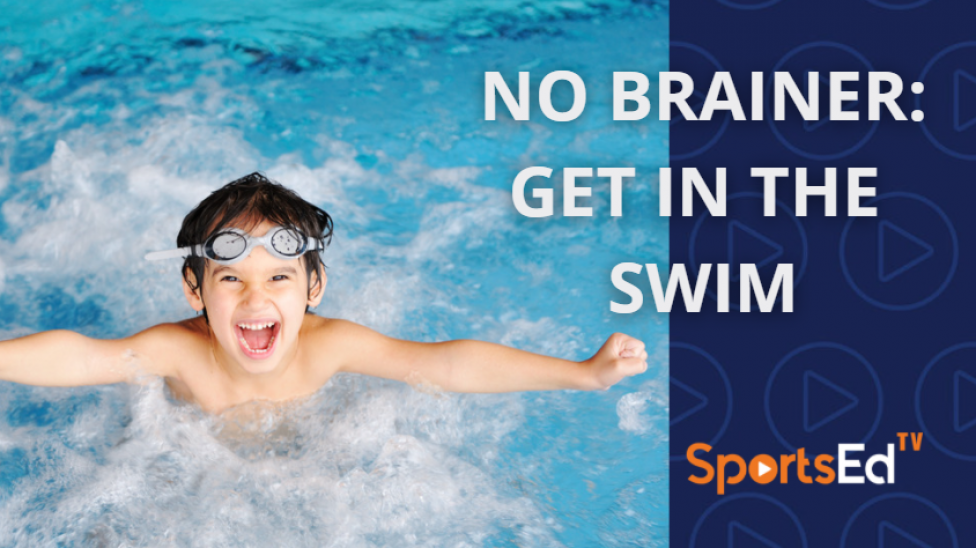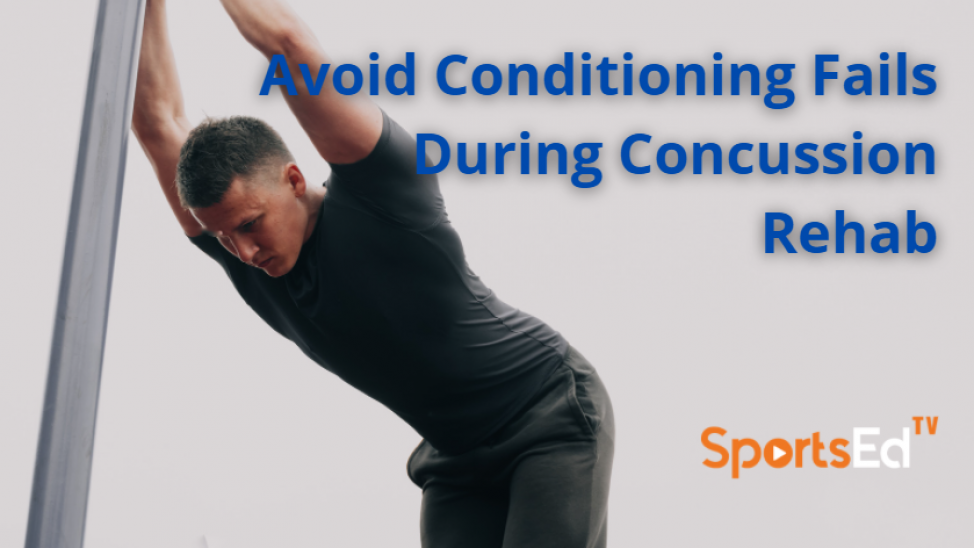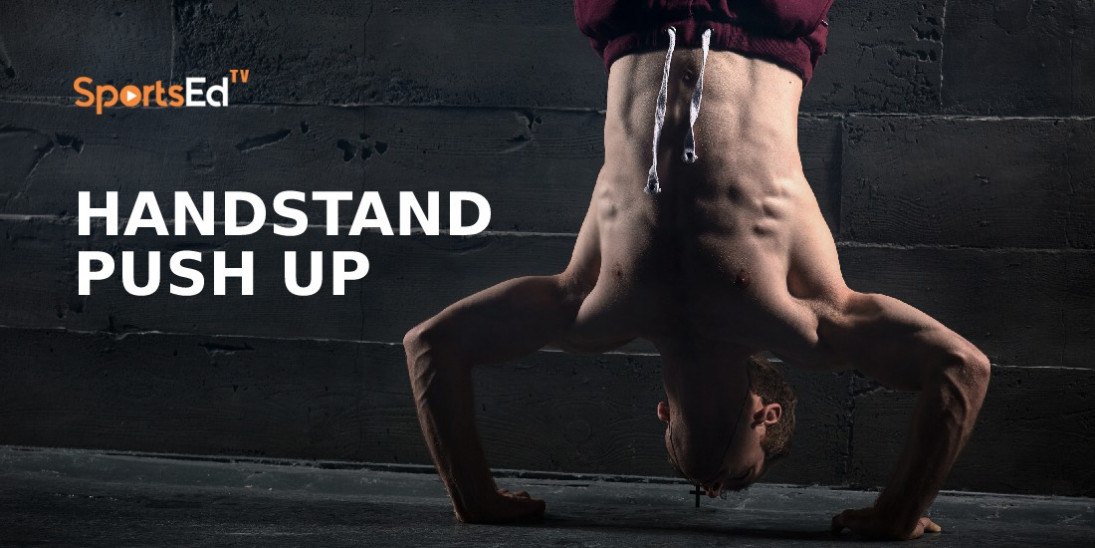Concussion
Welcome and thanks for visiting...

More Concussion Education Needed In Contact Sports
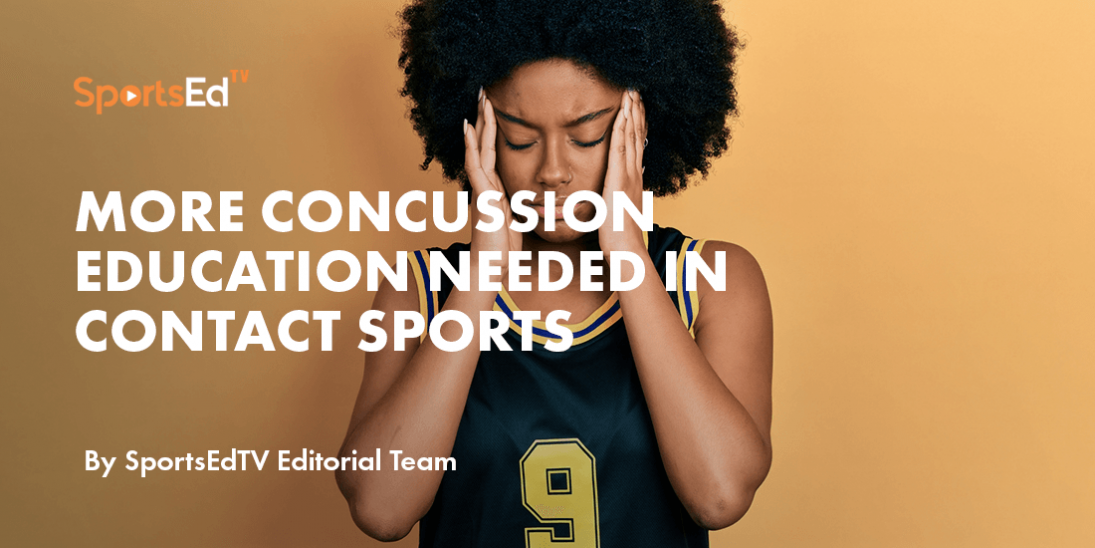
Contact sports cultures contribute to concussion incidence.
And out-of-sports risky behaviors of contact sports athletes appear to exacerbate the issue, according to a research paper published in a recent issue of the Journal of Sports Science and Medicine.
This study examined the association between sensation-seeking and a student-athlete’s concussion-related knowledge, attitudes, perceived social norms, and concussion care-seeking and disclosure behaviors.
The study ties the disclosure behaviors to psychosocial factors associated with pressure to play, negative attitudes surrounding concussions, fear of letting teammates down, and lack of concussion knowledge.
Referencing prior research, the paper links risky out-of-sports behaviors as a tendency in contact sports athletes to seek sensations in other thrilling and high stimulus activities such as high-speed driving, fighting, drug, and alcohol use.
At one Division 1 University 395 student-athletes took part in the standard Behaviors, Attitudes, Norms and Knowledge (BANK) study, a cross-sectional survey that assessed concussion knowledge, attitudes, perceived social norms, and overall disclosure behaviors.
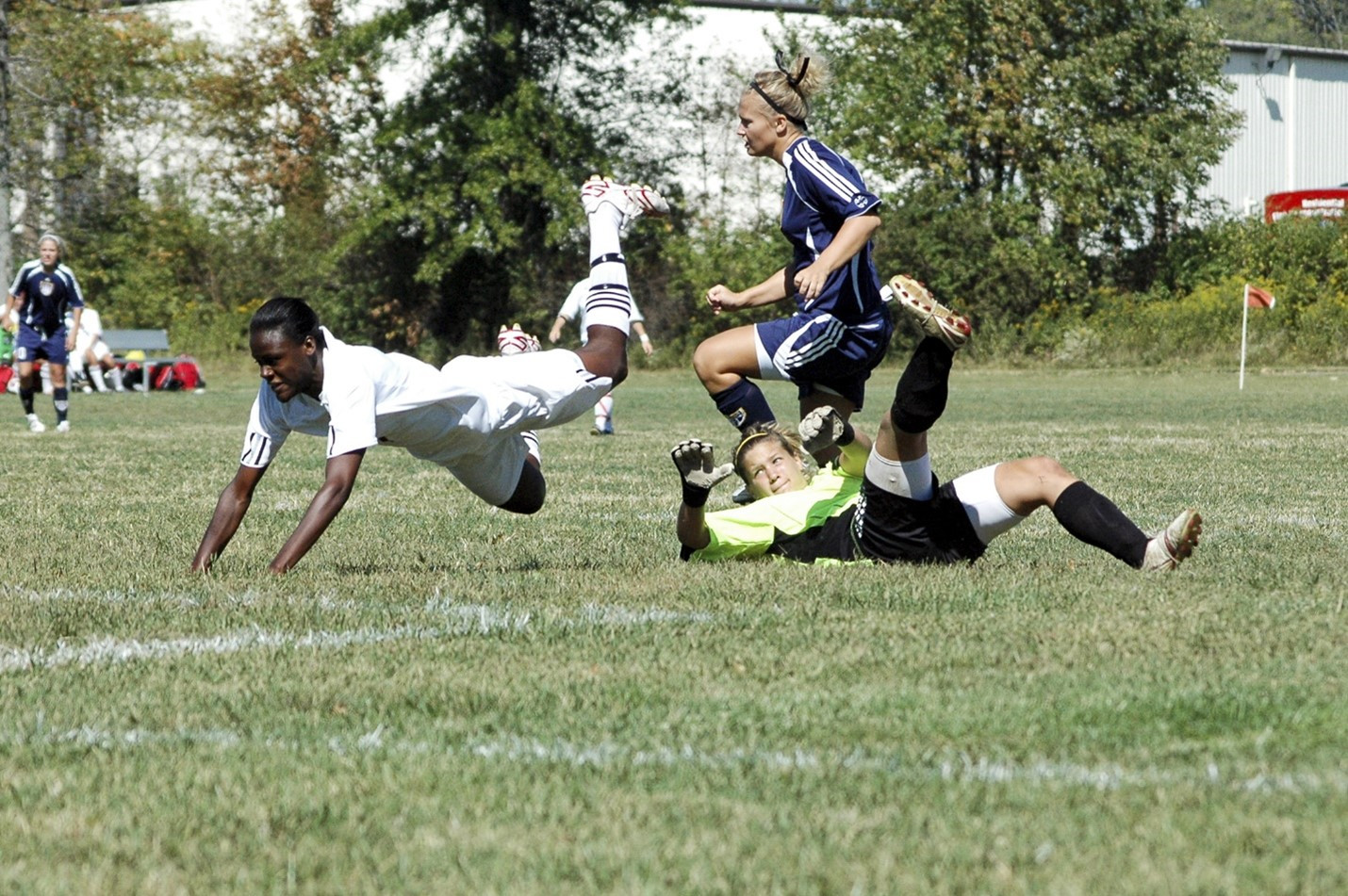
A key passage in the study links sports culture to a role in the high rate of unreported concussions. Negative sports culture may also affect the connection between engaging in both sensation-seeking and negative concussion care-seeking or disclosure behaviors.
Additionally related to sports culture, peer acceptance is extremely important to collegiate-aged adults, heightened in student-athletes, who strive to fit in with their teammates and experience different levels of social status compared to their collegiate peers. Acceptance could result in engaging in risky behaviors to fit in, is posed.
As other scholarly studies observed, student-athletes who perceived higher levels of peer acceptance engaged in risky behaviors related to alcohol use, playing with concussion symptoms, and hazing.
Among the study's conclusions is the need for further emphasis on theory-based concussion education to improve care-seeking, and disclosure of concussion symptoms in sports.
In the survey, the researcher used the following concussion definition:
“A change in brain function following a force to the head, which may be accompanied by temporary loss of consciousness and is identified in awake individuals with measures of neurological and cognitive dysfunction. Common concussion symptoms include headache, feeling slowed down, difficulty concentrating or focusing, dizziness, balance problems or loss of balance, fatigue, or loss of energy, feeling in a fog, irritability, drowsiness, nausea, memory loss, sensitivity to light and noise, and blurred vision.
IMPORTANT: A concussion can occur without being “knocked out” or unconscious; getting your “bell rung” or “clearing the cobwebs” is a concussion.
